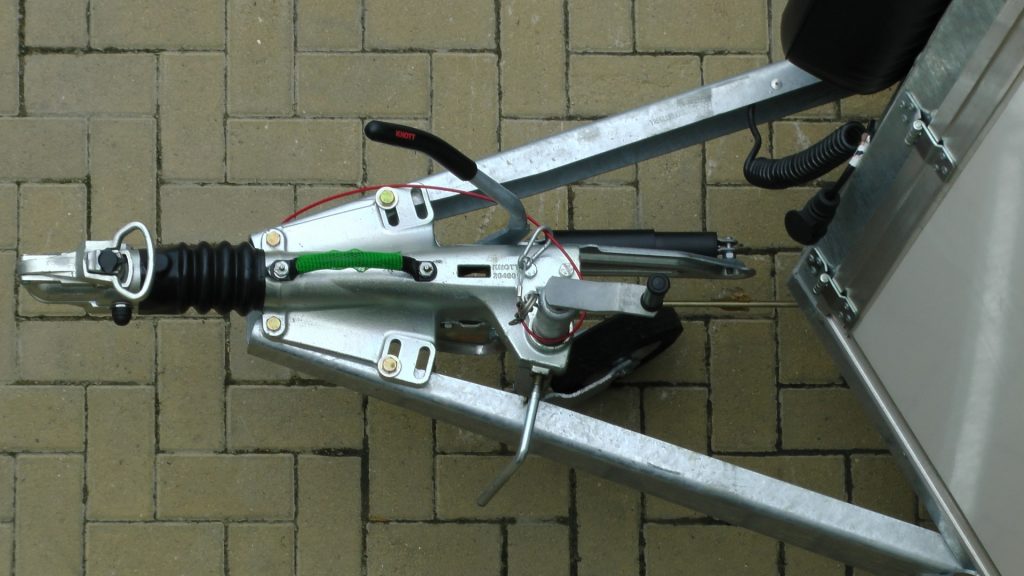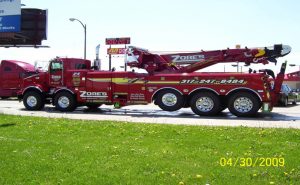When it comes to towing, you want to take your time and go slow. That includes slow acceleration, deceleration, and wide turns. Everything movement needs to be eased into while towing a vehicle or other type of load. By gliding into turns, lane changes, accelerating, and stopping, you will have better control of your vehicle and the load it’s towing. Towing is not too complicated, but it does require some forethought, knowledge, and practice. One place to start is to learn the basics of how to hook up a load and tow safely. Continue reading to review the 7 keys to hooking up a load for towing.

Indianapolis Towing Company 317-247-8484
7 Reminders for Tow Setups
❶ Hitch and Ball
It is important to check the hitch and hitch ball to ensure they are the proper size and capacity. You see, hitches and hitch balls are available in several different “Classes”, each one with different weight limits and maximums. You can purchase the correct capacity hitch receiver and ball at any local automotive parts store at a relatively inexpensive price. Prices will vary among retailers and manufacturers.
❷ Weight-Distribution Hitch
Aside from choosing the right size hitch and ball, you need to make sure your load does not require this additional part. If you are towing more than 5,000 pounds, you will need a weight distribution hitch, which evens out the amount of weight to deliver smoother transportation and control. Refer to your owners’ manual for information about your vehicle’s recommended weight distribution hitch.
❸ Lights
You always want to check all exterior lights on both the towing vehicle and the trailer or vehicle being towed. This includes tail lights, head lights, brake lights, turn signals, flashers, and more. You will need an electrical wiring kit to connect the power of your vehicle lights to the towed vehicle. Be sure to plug these in before you leave for every tow.
❹ Ball Hook Up
Never forget to hook the hitch ball up all the way and make sure it is not loose on the receiver. Always clamp it down all the way and insert the pin and clip for added safety and security.
❺ Safety Chains
Always use and hook up your safety chains after hooking up the hitch. Do this before every tow, and be sure they are hooked on securely. These will prevent your load from coming detached in the case the something in your towing setup malfunctions or defects.
❻ Balance the Load
Before you leave the drive, be sure your load is balanced and evenly distributed. This will help reduce the possibility of shifting while in drive. You must also ensure that your hitch and trailer are lined up and sitting level. You don’t want the back end to stick up, or the hitch to be pressing down.
❼ Tires
Tires are very important when it comes to towing safety and efficiency. Check your tread to ensure optimal traction, especially in wet or inclement weather. Be sure they are properly inflated before every tow as well, and replace them as needed.
Indianapolis Towing

Tow Truck Service Lawrence Indiana 317-247-8484
